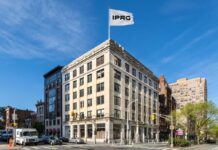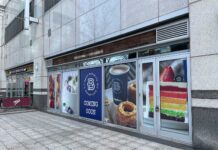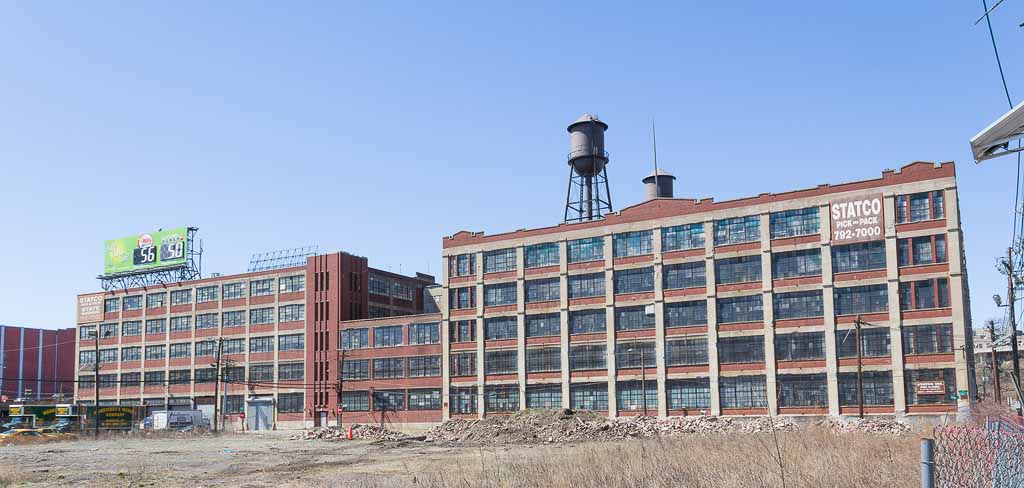 A prominent landmark in a rapidly developing neighborhood could be revived and expanded under a proposed new district, which would preserve a piece of Jersey City’s history and update it for modern times.
A prominent landmark in a rapidly developing neighborhood could be revived and expanded under a proposed new district, which would preserve a piece of Jersey City’s history and update it for modern times.
301 16th Street is home to a hulking, two-block long industrial property sprawling over 600,000-square feet. Currently being used by StatCo as a storage facility, the building was first constructed in the 1920s as a factory for Hackensack-based Emerson Radio, who manufactured radios, records, and later televisions in the early days of those products.
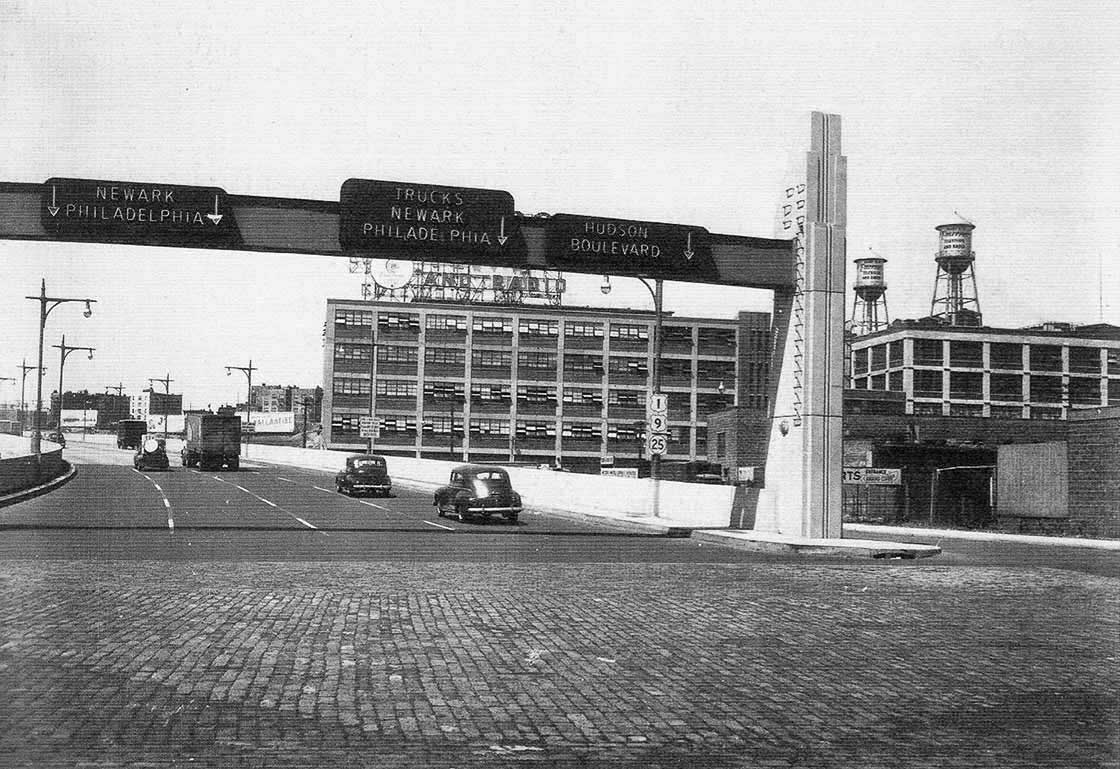
According to a map released by the Hamilton Park Neighborhood Association, the building is currently owned by Manhattan Building Company. Its red brick and giant windows are highly visible to drivers heading westbound through the Holland Tunnel and the area around the property, dubbed by some as SoHo West, is seeing major growth. The entire neighborhood falls under the Jersey Avenue Park Redevelopment Plan, and the city is looking to approve some new rules to facilitate a rebirth at the old factory.
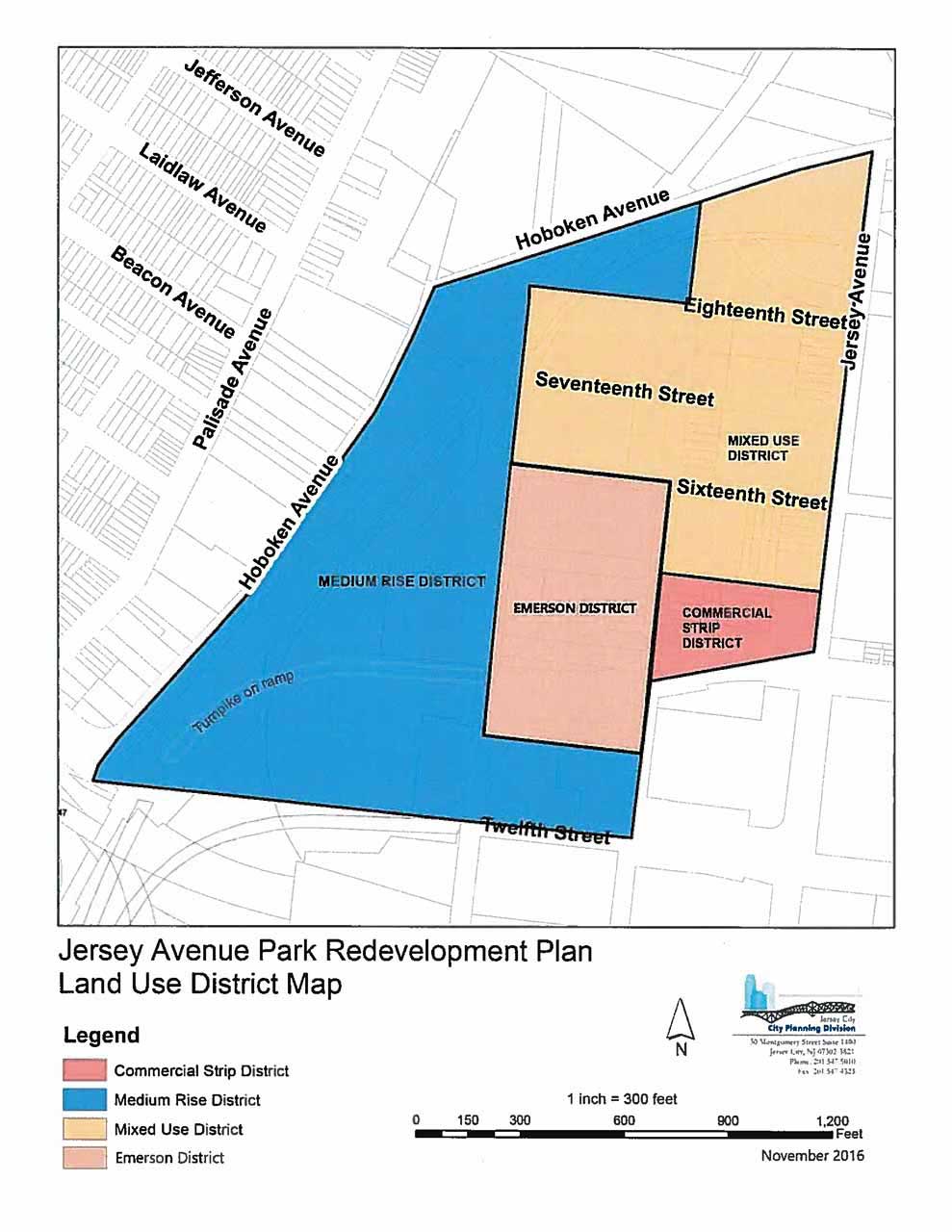
Dubbed simply the Emerson District, it would encompass the two blocks of the factory plus the block just south underneath the I-78/Route 139 highways. Under the proposal, almost the entire northern section of the building along 16th Street would be saved, while the southern portion of the factory would be demolished and rebuilt to resemble the original structure, including a detailed reconstruction of the current art deco entryways.
The rebuilt portion would reach six stories, but there would be added mezzanine and loft levels incorporated into the building that could rise 26 stories at their tallest point. The historic section would be completely rehabilitated and potentially feature an added 26-story tower on the western side of the lot that would include 29,000 square feet of space for public use, which would be deeded to the city for $1. Plans dubbed the “Emerson Lofts” were presented at a recent community meeting that, while unofficial, demonstrated the potential scale of the project.
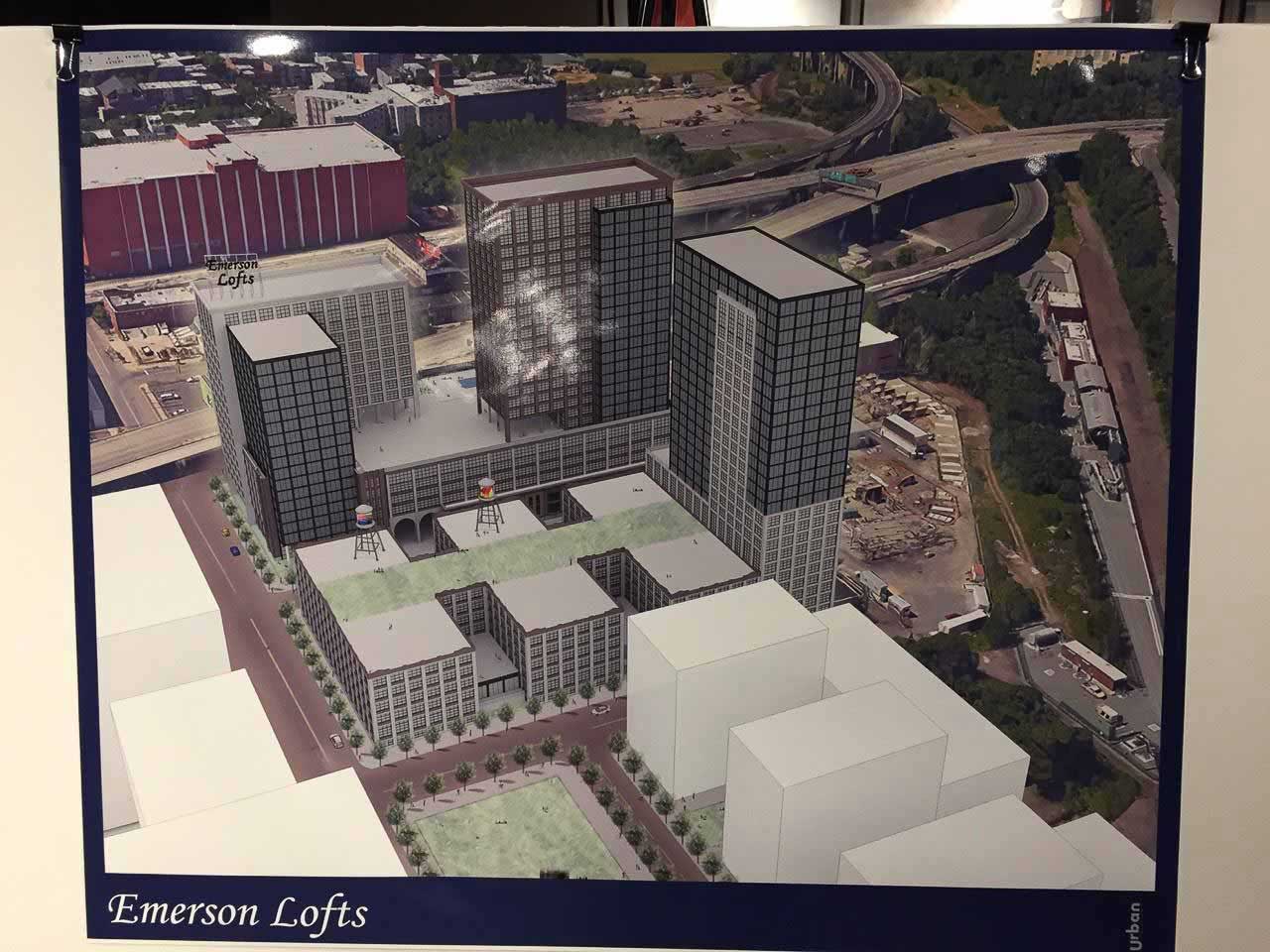
With all the incentives included in the plan, up to 1,100 units could be built at the site. Rooftop amenity space would be permitted and the newest regulations would preserve the existing water towers that currently sit on top of the structure. Parking levels would be “masked” at the street level to place an emphasis on retail space, and the plan would allow schools, restaurants, bars, theater spaces, galleries and more to open in the district.
As part of the deal, the developer would have to re-establish some of the roads in the area that were closed off at various times and have stayed that way. The plan would reconstruct Monmouth Street and 15th Street and create new bike pathways connecting from Hoboken’s 2nd Street Light Rail station to Jones Park. Areas under and adjacent to the myriad of highways next to the factory would also be improved with new lighting, landscaping, paint, and other decorative features under the plan.
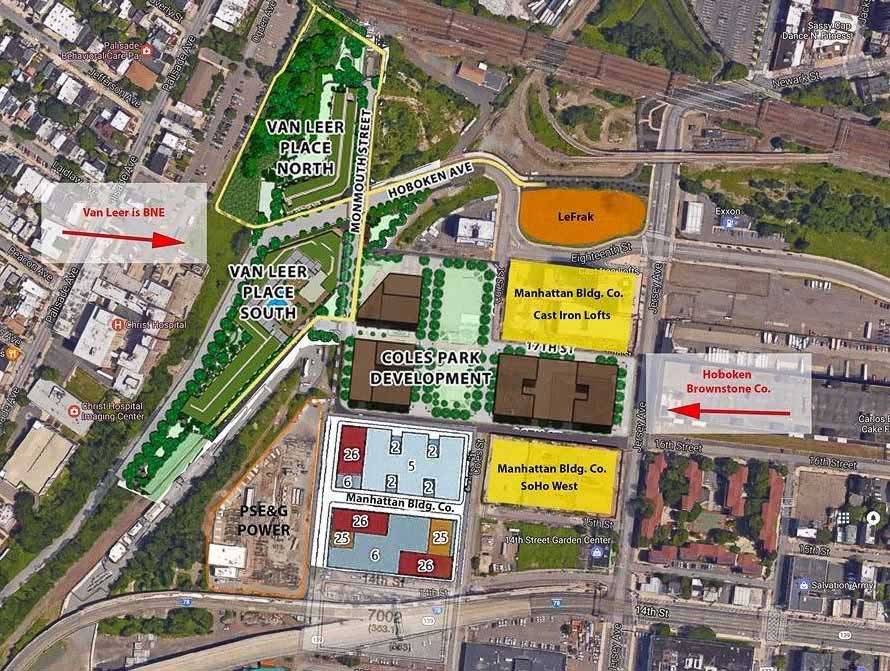
A $750,000 contribution would also be made to the Open Space Fund, which will help pay for the build-out of the nearby Coles Street Park that’s part of Hoboken Brownstone Company’s 305 Coles development. The plan also creates the possibility of an Emerson Park, which would be located just south of the rebuilt structure under the I-78 overpass. After “the expiration of its current use,” the land could be turned into green space.
The Emerson District amendments are scheduled to be reviewed and discussed at the Planning Board’s upcoming meeting on February 14th, where formal action may be taken on the proposal.

